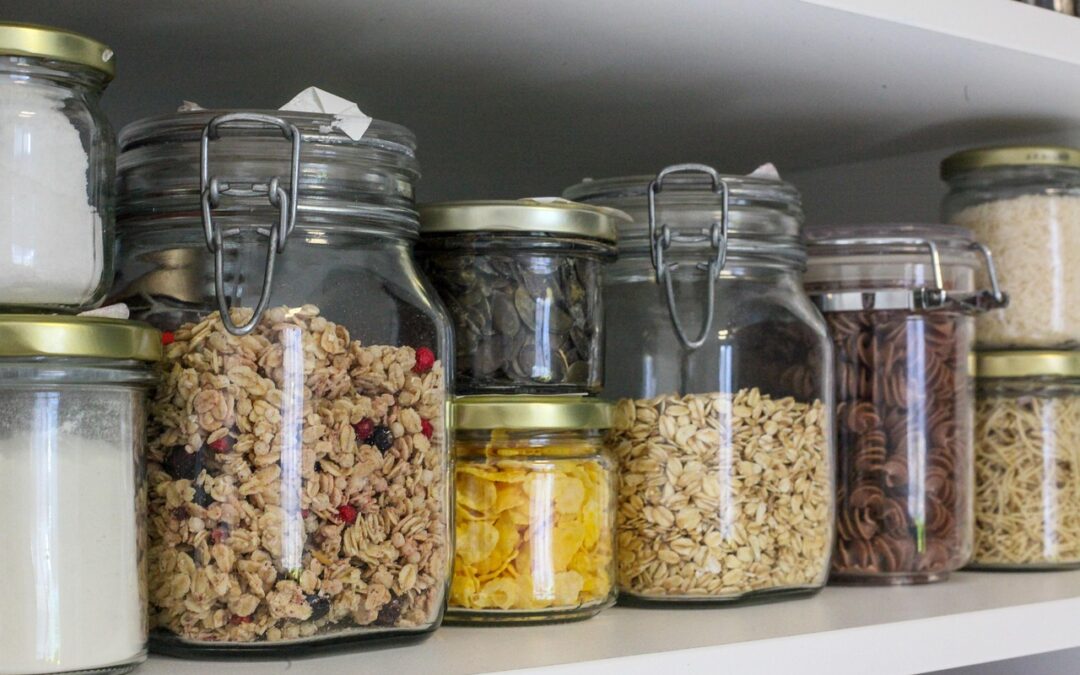Beyond Single-Use: Practical and Stylish Sustainable Alternatives to Everyday Plastics – A Guide for Eco-Conscious Living
Reducing plastic waste isn’t just a trend; it’s a must for our planet. Every year, millions of tons of plastic end up in oceans, landfills, and wildlife habitats. In fact, about 300 million tons of plastic waste are discharged globally each year, with a large chunk being single-use plastics like bottles, bags, and packaging. Countries like the U.S. and China produce the most plastic waste, but no place is immune. Making the switch to eco-friendly alternatives isn’t just good for the environment—it can also be stylish and practical. This guide explores how to replace single-use plastics with smart, attractive, and sustainable options in everyday life.
The Environmental Toll of Single-Use Plastics
The Scope of Plastic Pollution
Plastic pollution covers everything from floating trash islands in oceans to tiny microplastics in our food. Marine animals mistake plastic debris for food, often choking or getting trapped. Birds, fish, and even whales suffer because of plastic waste. Landfills overflow with plastics that take hundreds of years to break down, gradually releasing microplastics into soils and waterways. Microplastics have been found in drinking water, seafood, and even in the air we breathe.
The Lifecycle and Durability of Plastics
Most plastics are designed to last forever. A plastic water bottle, for example, may take up to 450 years to fully decompose. During this long process, plastics shatter into microplastics—tiny pieces easily ingested by animals and humans. These microplastics can cause health issues, disturb ecosystems, and pollute our oceans for generations.
The Economic and Social Impact
Plastic waste costs billions annually in waste management. Clean-up efforts are expensive and cut into resources that could support communities. Meanwhile, informal waste workers often face health risks and job insecurity. The social cost extends to communities living near landfills or polluted beaches, where plastic waste harms tourism and local economies.
Replacing Plastic in Daily Household Items
Food Storage and Packaging
Reusable Beeswax Wraps and Silicone Bags
Beeswax wraps are an excellent alternative to plastic wrap. They cling naturally and can keep food fresh. Silicone bags are sturdy, dishwasher-safe, and perfect for storing snacks or leftovers. They last much longer than plastic bags and come in various colors for a stylish touch. To maintain, wash with cold water and mild soap; avoid high heat to preserve their flexibility.
Glass and Stainless Steel Containers
Say goodbye to flimsy plastic containers. Glass and stainless steel options are super durable and don’t stain or absorb odors. Plus, they look sleek on the shelf. These containers are safer too, especially for heating or storing acidic foods. Modern designs come in bright colors and minimalist styles, fitting into any kitchen decor.
Kitchen and Dining Utensils
Bamboo, Stainless Steel, and Silicone Alternatives
When choosing utensils, look for natural bamboo or stainless steel—they’re sturdy and eco-friendly. Silicone utensils are heat resistant and flexible, ideal for cooking without scratching pots and pans. By swapping out plastic spatulas and cutlery, you add a touch of elegance while cutting plastic waste.
Cleaning and Personal Care Products
Biodegradable and Zero-Waste Options
Bar soaps and shampoo bars are simple swaps for bottled soap and liquid shampoos. They often come in biodegradable packaging or no packaging at all. Reusable or compostable scrubbers made from coconut fibers or stainless steel help clean dishes without plastic. Many brands now offer eco-friendly options with appealing natural scents and stylish packaging.
Sustainable Alternatives to Plastic in Personal Accessories and Fashion
Reusable Bags and Containers
Cloth and Tote Bags
Switch to stylish cloth or tote bags instead of plastic shopping bags. Modern designs fold neatly into small pouches, making them easy to carry everywhere. They’re sturdy enough to hold groceries or gym gear and last for years.
Reusable Food Wraps and Beverages
Beeswax wraps are perfect for fruit or sandwiches. Silicone food covers can replace cling wrap and come in sleek, colorful designs. Both options preserve freshness and reduce plastic waste.
Eco-Friendly Clothing and Textiles
Organic Cotton, Hemp, and Tencel
Choosing clothes made from organic cotton, hemp, or Tencel supports sustainable farming. These textiles use fewer chemicals and water. They feel comfortable and look stylish, fitting a modern eco-conscious wardrobe.
Stylish and Sustainable Fashion Brands
Brands like Patagonia, People Tree, and Veja create trendy clothing with eco-friendly fabrics. Their designs blend style with sustainability, making it easier to shop responsibly without sacrificing fashion.
Innovative and Practical Alternatives in Technology and Electronics
Eco-Friendly Phone Cases and Accessories
Biodegradable phone cases made from plant-based materials are durable and look good. Some brands include minimalist designs that blend style with environmentally friendly ingredients.
Reducing Plastic in Gadget Packaging
Choose devices sold with minimal or eco-friendly packaging. Look for brands that emphasize durability and repairability. This way, you get long-lasting electronics that produce less waste.
Recycling and Upcycling Electronics
Proper recycling is vital. Many electronic companies now offer take-back programs. Upcycling old gadgets into art or accessories not only reduces waste but adds a personal touch to your space.
Implementing Sustainable Choices: Practical Tips and Strategies
Small Changes with Big Impact
Start with simple swaps like reusable water bottles, straws, or shopping bags. These small habits build momentum. Over time, you’ll find it easier and more rewarding to make bigger changes.
Stylish and Functional Design
Combine eco-friendliness with aesthetics. DIY projects, like decorating glass jars or sewing your own cloth bags, add a personal flair. Stylish alternatives don’t have to be boring—they can reflect your unique taste.
Supporting Brands and Policies
Research and support brands committed to sustainability. Push for policies that reduce plastic use and promote recycling. Every purchase and vote counts in shaping a cleaner future.
Conclusion
Moving beyond single-use plastics is vital for a healthier planet. Practical and stylish alternatives make it easy to cut down on waste without sacrificing convenience or style. By adopting small changes, choosing eco-friendly products, and supporting sustainable brands, everyone can make a difference. Start today—your environment will thank you, and so will future generations.

